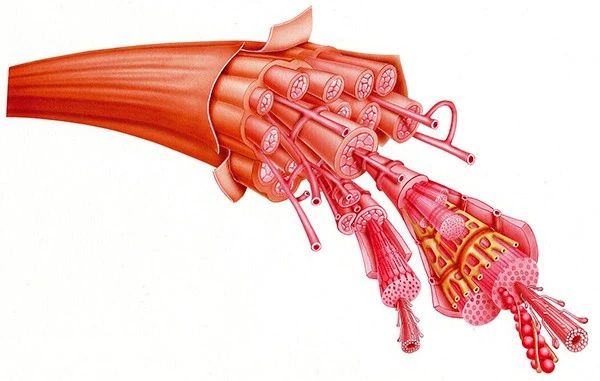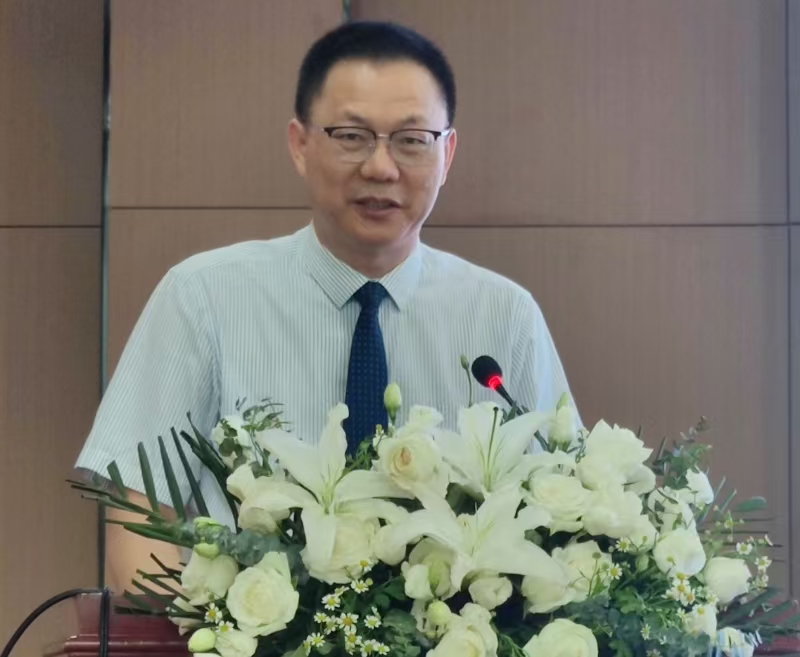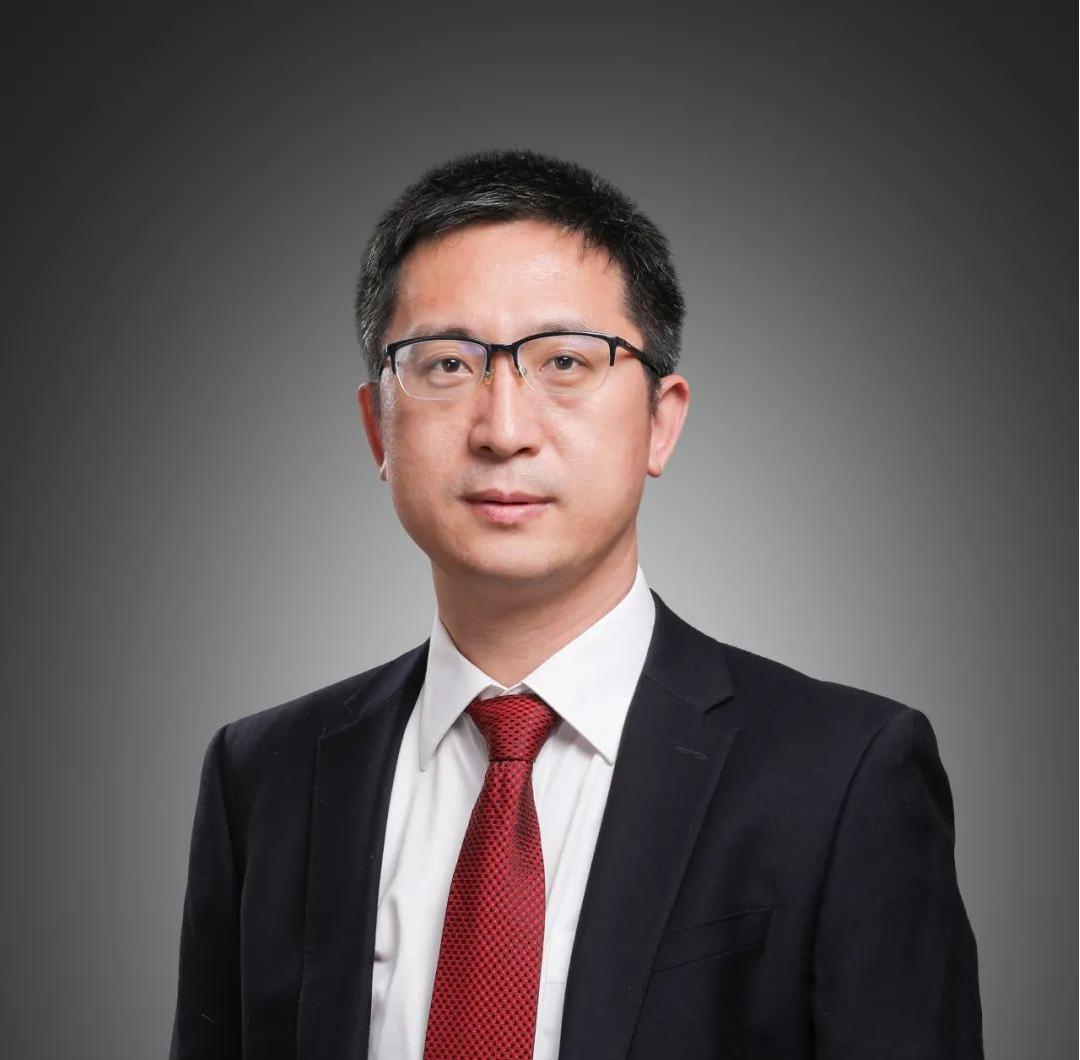
Introduction to the Myology Laboratory
Introduction to the Myology Laboratory
Background of Establishment
In 1996, Professor Fu Zhonghua invented Fu's Subcutaneous Needling (FSN) therapy based on extensive clinical practice, pioneering a new paradigm for non-pharmacological intervention in muscular disorders. In 2014, his proposed "Affected Muscle Theory" precisely defined FSN's therapeutic targets, significantly improving treatment efficacy for cervical spondylosis, lumbar disc herniation, chronic myofascial pain syndrome, and other conditions.
Building on these theoretical breakthroughs, the team has published over 100 Chinese and English research papers and authored 11 monographs, including Essentials of Myology and New Theories of Qi and Blood. Notably, Compendium of Fu's Subcutaneous Needling Medicine was incorporated into the innovative textbook series for national higher education institutions of Traditional Chinese Medicine (TCM), marking FSN's formal transition into standardized development.
On November 30, 2024, with special funding from Nanjing Paifu Medical Technology Co., Ltd., the Myology Laboratory was officially established at the School of Acupuncture-Moxibustion and Rehabilitation Clinical Medicine, Guangzhou University of Chinese Medicine. As China's first professional platform dedicated to integrated Chinese-Western myology research, its founding represents three critical advancements:
Disciplinary Evolution: Expansion from clinical empirical medicine to basic research exploring molecular mechanisms.
Methodological Transformation: Integration of multimodal approaches including genomics, biomechanics, and artificial intelligence.
Translational Acceleration: Establishment of an end-to-end innovation system spanning basic research, clinical trials, and product development.

Academic Distinctiveness
Our laboratory adheres to the research principle of "from clinic to bench and back to clinic," dedicated to establishing an integrated Chinese-Western myology research paradigm across three dimensions:
Theoretical Dimension
Using Fu's Subcutaneous Needling (FSN) medicine as the entry point, we synthesize TCM's qi-blood theory with modern muscle physiology and pathology to decipher the shared regulatory mechanisms among skeletal, smooth, and cardiac muscles.Technological Dimension
We employ multi-omics sequencing to construct gene-protein expression profiles of "affected muscles," coupled with high-precision biomechanical sensors to quantify mechanical signal transduction during FSN interventions.Application Dimension
We are developing machine learning-based early warning systems for muscle dysfunction; Topical therapeutic carriers targeting muscular energy metabolism.

———————————————————————————————————————————————————————————————————————————————————————————————————————————
Organizational Structure
Laboratory Director: Professor Fu Zhonghua
Academic Credentials:
Inventor of Fu's Subcutaneous Needling (FSN) Therapy
Pioneer of Myology in Traditional Chinese Medicine
Inheritor of National Health Commission's Technology Promotion Project
Chairman of Fu's Subcutaneous Needling Committee, China Association of Acupuncture-Moxibustion
MD, Chief Physician of TCM, Doctoral Supervisor
Key Achievements:
Authored 12 authoritative monographs on FSN
Led the development of China's first FSN Technical Operation Standard (GB/T 40499-2024)
Recipient of 7 provincial/ministerial awards including:
Second Prize, PLA Medical Achievements Award
Jiangsu Provincial TCM Science & Technology Progress Award

Deputy Director: Professor Sun Jian
Academic Credentials:
Vice Chairman, Fu's Subcutaneous Needling Committee, China Association of Acupuncture-Moxibustion
Outstanding Young Medical Talent of Guangdong Province
Vice President, Fu's Subcutaneous Needling Committee, World Federation of Chinese Medicine Societies
Vice Chairman, Clinical Branch, China Association of Acupuncture-Moxibustion
MD, Chief Physician of TCM, Doctoral Supervisor
Key Achievements:
Recognized as Outstanding Young Medical Talent of Guangdong Province
Principal Investigator of 2 General Programs of the National Natural Science Foundation of China
Developer of the "Knee Osteoarthritis-Affected Muscle" animal model
Author of over 80 research publications





